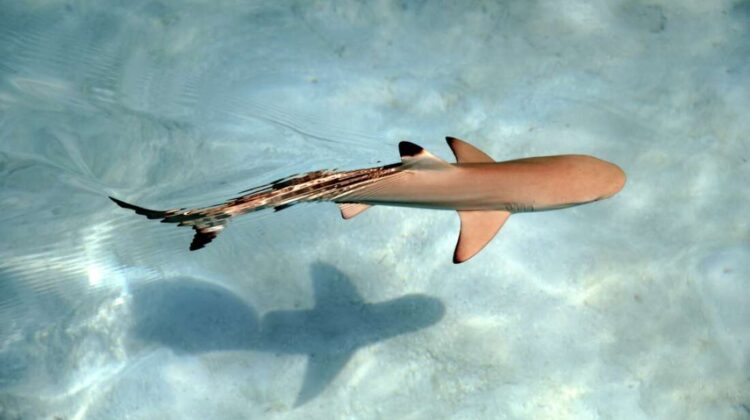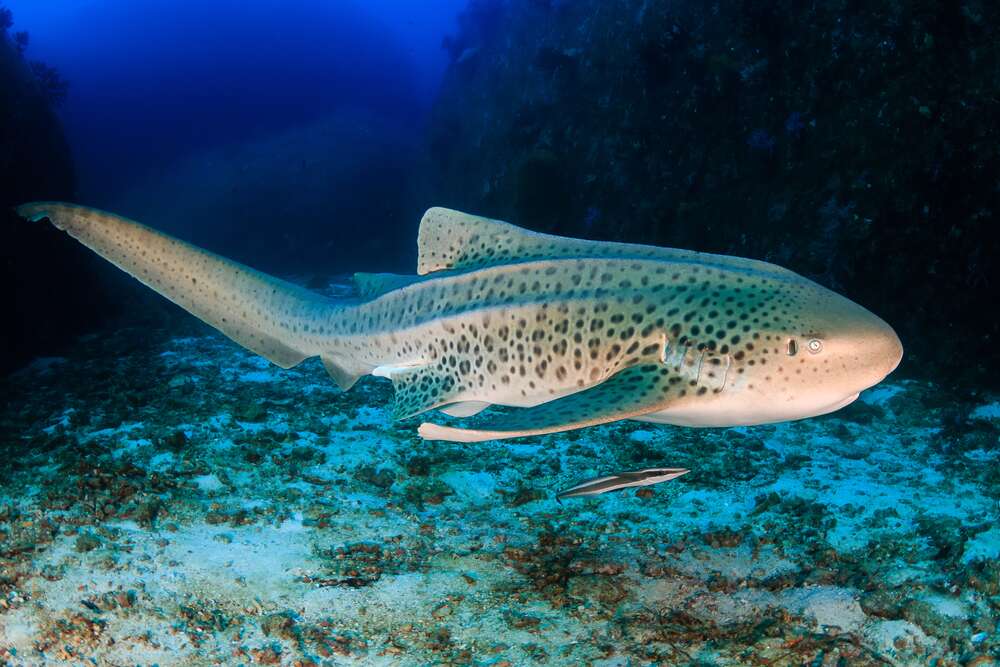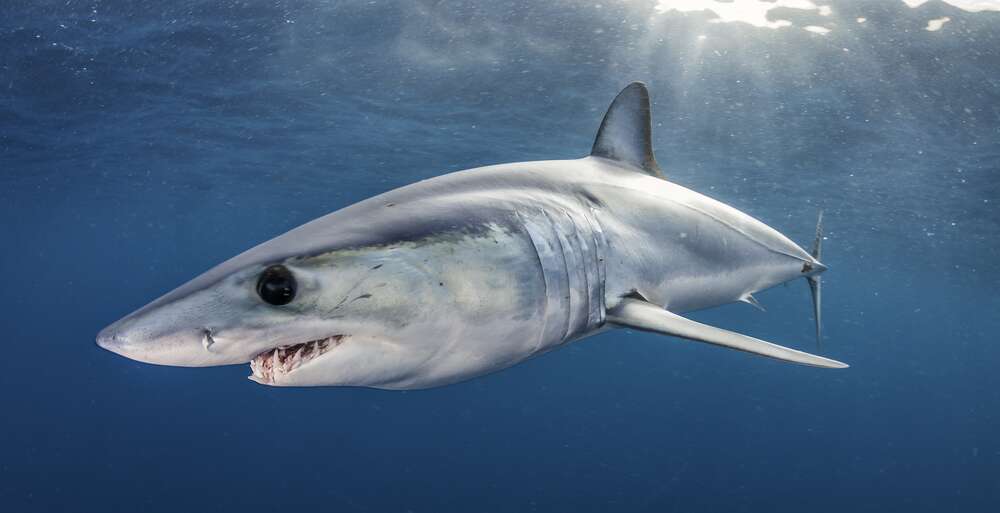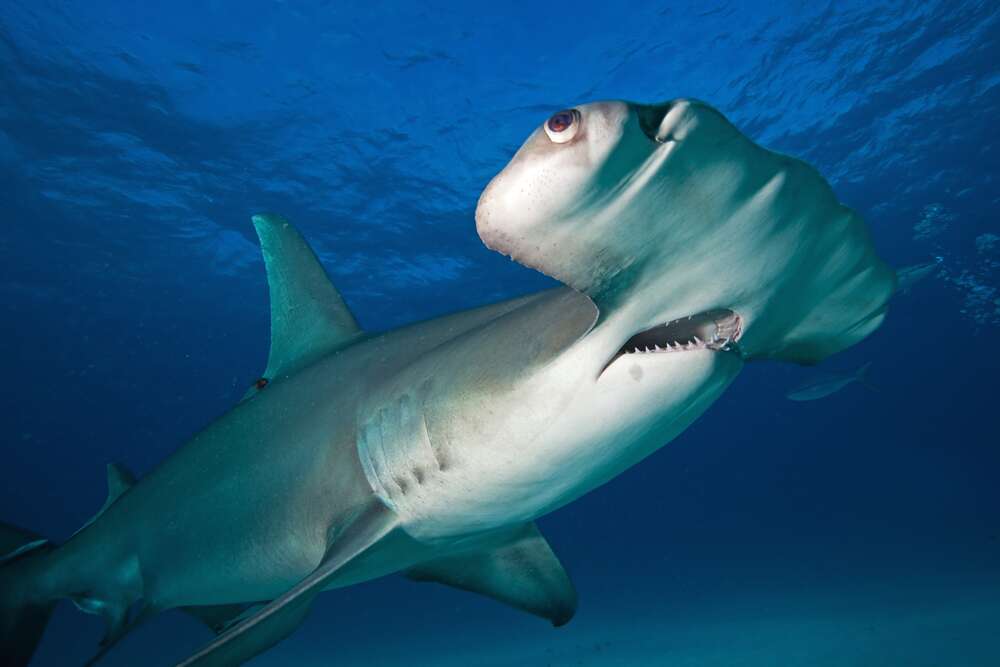
Some of Earth’s most terrifying and massive species have humble beginnings (have you seen the big ocean sunfish larvae known as marine popcorn?) While cute may not be the first word that comes to mind when thinking of a great white shark, even the most lethal of miniatures have a certain appeal about them. Sharks are a fascinating example since a newborn shark might arrive in the world in a variety of ways, one of which could result in it making its first kill before it ever leaves the womb.
The Pixar short Partly Cloudy brilliantly illustrates that not all baby animals are created equal, as the main protagonist is seen looking on in despair as other storks receive babies, puppies, and kittens while they get roughed up trying to bag a crocodile hatchling, a porcupine porcupette, and a… wait, what is a baby shark called again?
WHAT IS THE NAME OF A BABY SHARK?
The response is both endearing and common. A pup is the term given to a newborn shark, which it shares with creatures such as:
- Dogs and other canines
- Seals
- Foxes (also called cubs or kits)
- Mice (also called pinkies)
- Ring-tailed lemurs
- Rats
- Stingrays (who sit alongside sharks in the Chondrichthyes (cartilaginous fish) class)
BABY SHARKS: WHERE DO THEY COME FROM?
When a mommy shark and a daddy shark fall in love, or just like each other, they will procreate by mixing egg and sperm to make an embryo during sexy season. The location and manner in which these embryos develop is determined by the species and can occur in one of three ways.

OVIPARITY
If you’ve ever noticed a “mermaid’s purse” on the shore, it may have been a shark egg, since some shark species produce these leathery eggs, along with skate and chimaera. They’re tethered to something in the sea to keep them safe as they grow, which can take six to nine months.
Shark embryos, like other egged creatures like birds and reptiles, will take nourishment from a rich yolk-sac inside the egg. They will crawl free of its leathery pouch and swim out as a young shark known as a pup when the time is ripe. The eggs you discover washed up on the beach are normally empty, but this isn’t always the case.

OVOVIVIPARITY
Ovoviviparity is a method of reproduction in which a mother shark retains her eggs to keep them safe from predators as they mature. It’s a fun word to say, but it’s not always a good time. As a result, the growing embryos are enclosed in weaker pouches than oviparous shark species’ leather eggs.
When the eggs start hatching within the mother, ovoviviparity might get a little tense. While some species give birth as soon as the puppies emerge, others may hold them within for a longer period of time. This encourages behaviors like as oophagy and intrauterine cannibalism, in which an early pup catches the worm by devouring his or her siblings, whether it’s eggs or other pups. For a pregnant shark, that’s quite a kick.

VIVIPARITY
Sharks’ most sophisticated mode of reproduction, this sort of reproduction is the life of the party. A developing pup will be nourished by an umbilical chord that connects it to its mother, similar to how animals do it. The pup will be born when they’re fully cooked, but unlike mammals and their caring moms, the teeny bonny shark will be on its own from here.
So, the next time you hear a little child singing Baby Shark Do Doo Do-Do Do-Do, warn them that there’s a good probability that juvenile snapper ate their siblings before becoming a great musician.
At the time of publication, fact checkers certified that all “explainer” pieces were correct. To keep information current, text, photos, and links can be modified, deleted, or added to at any time.
